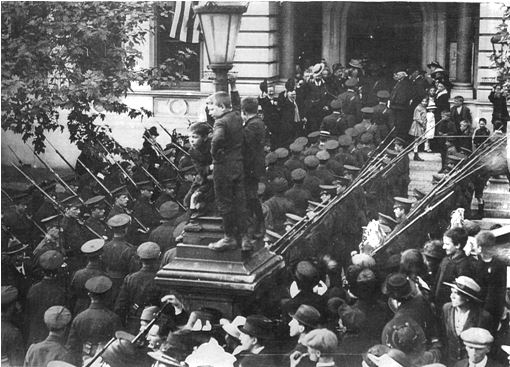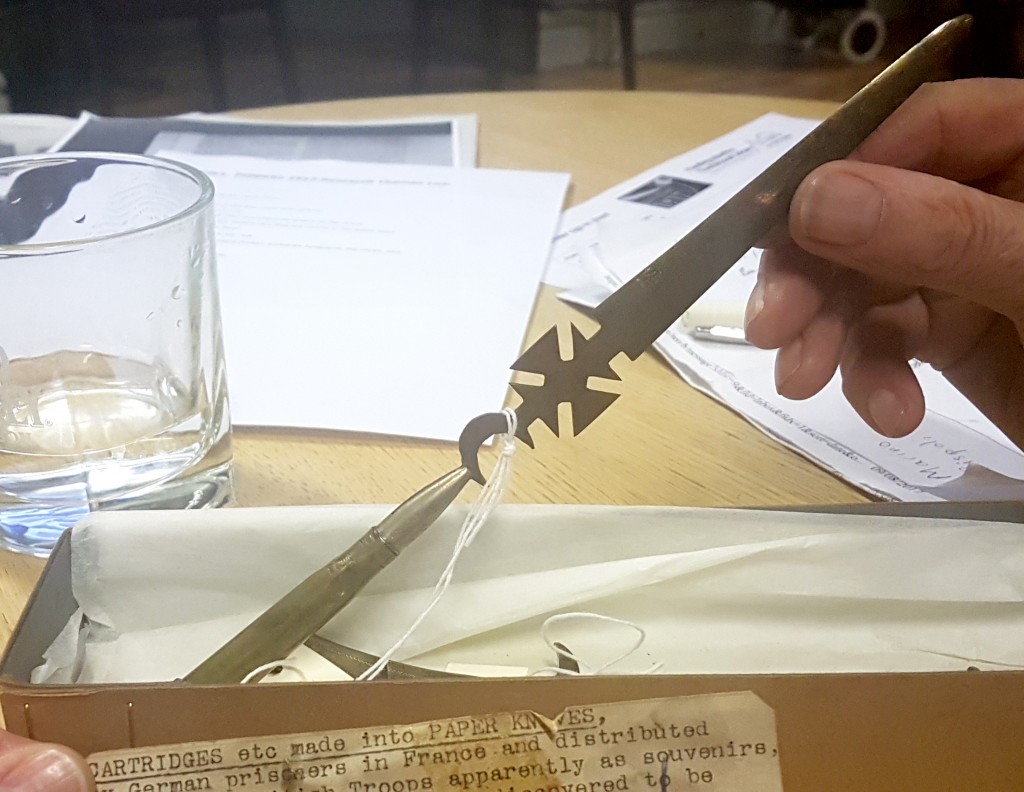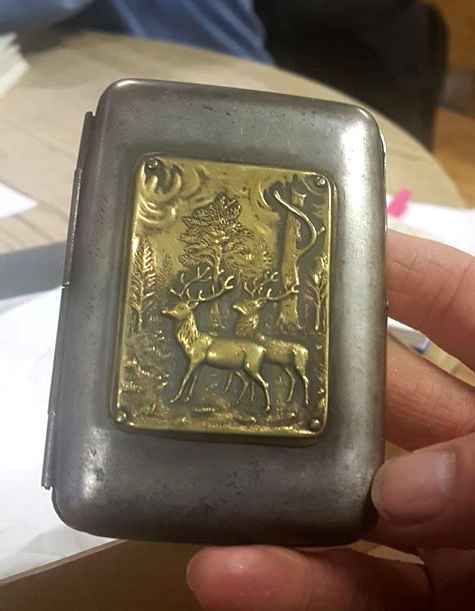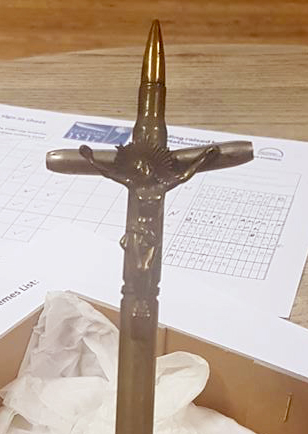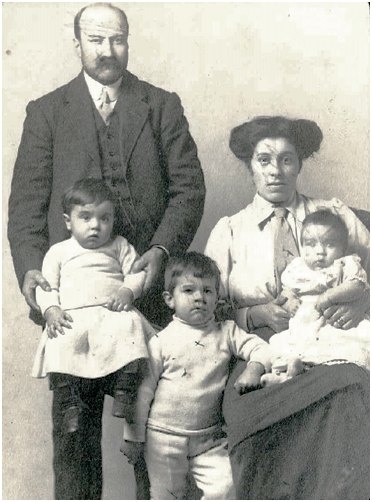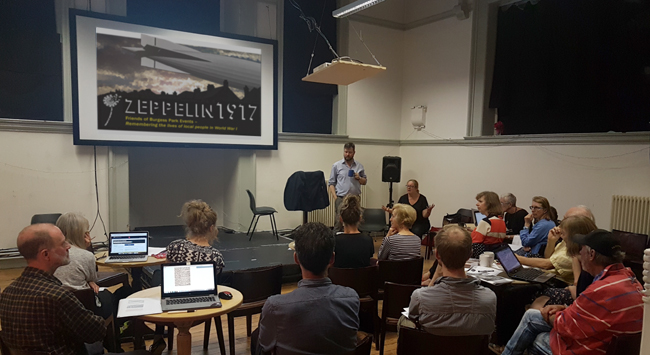 What a wonderful time we are having exploring the history and heritage of WW1 and the Zeppelin Raid on Calmington Rd in 1917! Our third volunteer session was late afternoon on Monday 4th September. The team at the IWM (Imperial War Museum) have been so supportive of the project, they have helped and encouraged us every step of the way. It was an amazing session that really animated the history and showed so many ways we could use the resources and talents of this wonderful Museum.
What a wonderful time we are having exploring the history and heritage of WW1 and the Zeppelin Raid on Calmington Rd in 1917! Our third volunteer session was late afternoon on Monday 4th September. The team at the IWM (Imperial War Museum) have been so supportive of the project, they have helped and encouraged us every step of the way. It was an amazing session that really animated the history and showed so many ways we could use the resources and talents of this wonderful Museum.
The session began with a fantastic overview by Alan on the history of both the Zeppelins and the raid. Often with projects like this there is so much information out there that you can get lost in it, but he really simplified the narrative of the raid and the Zeppelins into a precise 20-minute picture of this interesting part of our local history.

Next, Catherine explained the interactive Lives of the First World War website, with elements of collected history gathered from their collections and elsewhere. The team had already set up files on the victims of the Camberwell raid on the site to help our project. Our aim with this HLF funded project is to deposit anything we can with them for future researchers like ourselves. This will include the audio recorded versions of the animated tour which will link to their research. It is a great way of showing how we are using this project to interpret historical research in a new and inventive ways.

Then we moved on to the Explore History centre which is a great space where people can use the collection and all of the digital assets they have to bring to life projects such as Zeppelin 1917. Sarah welcomed the volunteers into this fantastic space and shared many interesting bits of advice on how to use the materials. So many people including myself did not realise this resource exists for the community!
On a personal level it was amazing to see how everyone is growing in confidence and how the group is getting excited about history and archives. We are really enjoying the way we are finding new skills and knowledge through this project. The newspapers of the time were also amazing which were facilitated by Vrusksheela, and it was interesting to see how the press at the time reported the raid through the prism of censorship. It was great that we had the newspapers in the lead up and after the raid in October 1917!
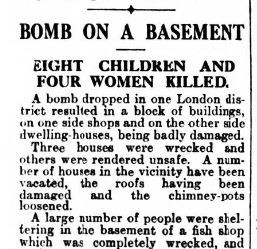
On the way out, we saw the Research Room, where you can book to consult the archives and see the collection for real. We’ll be back!
Really looking forward to seeing how these fantastic sessions translate into the exhibition content and the materials for the actors and the animated tour on Saturday 21st of October.
More information on IWM research Resources here.
Posted by John Whelan
